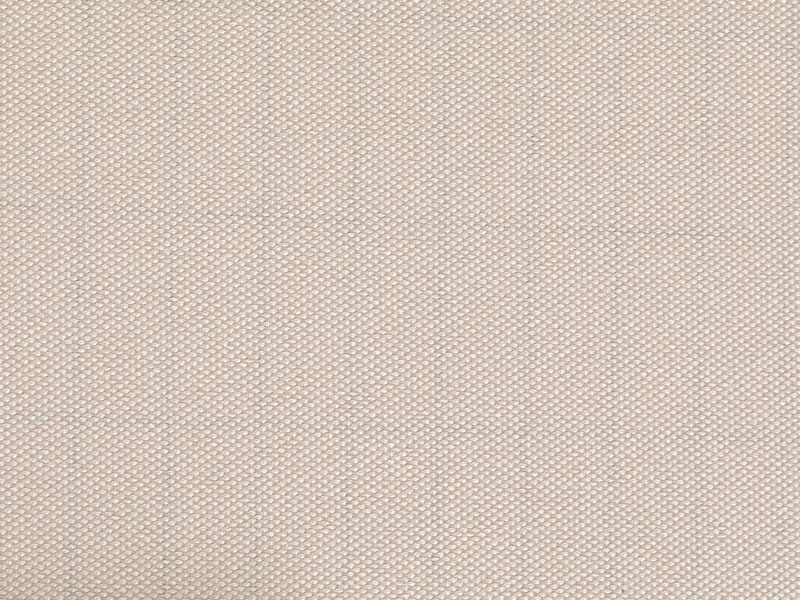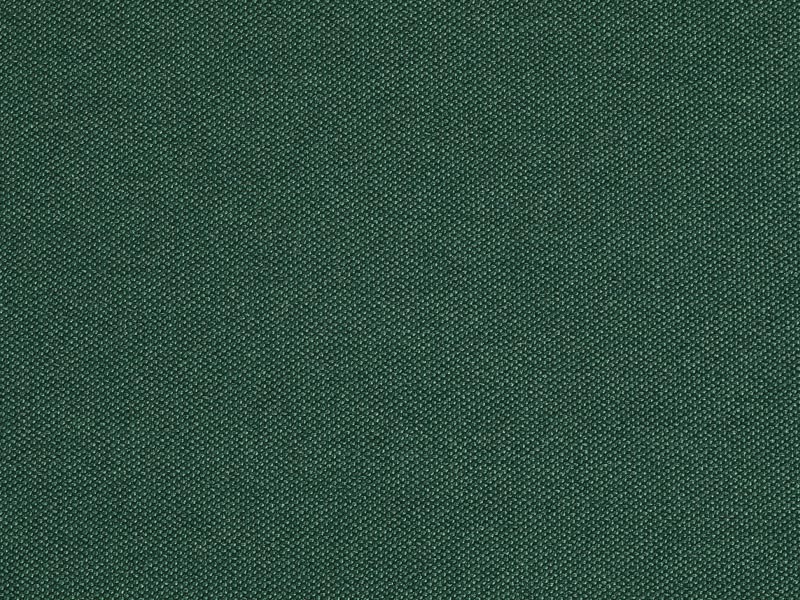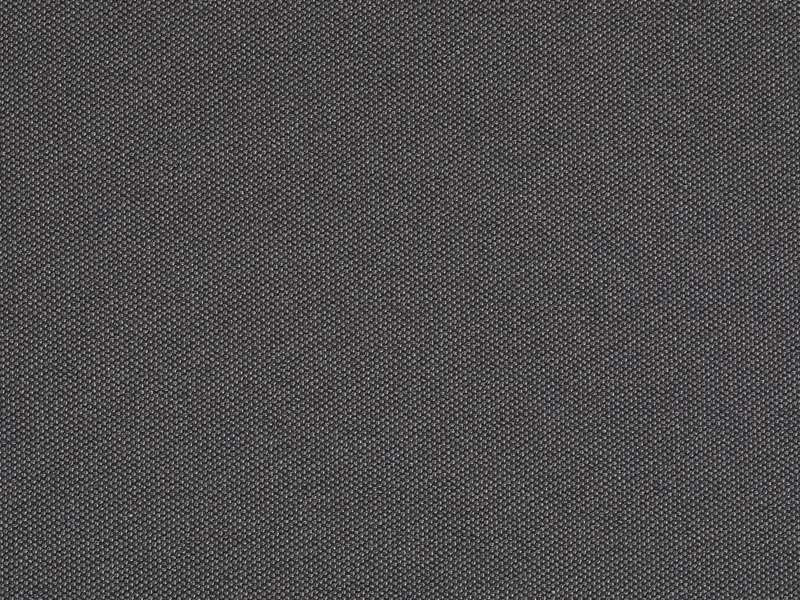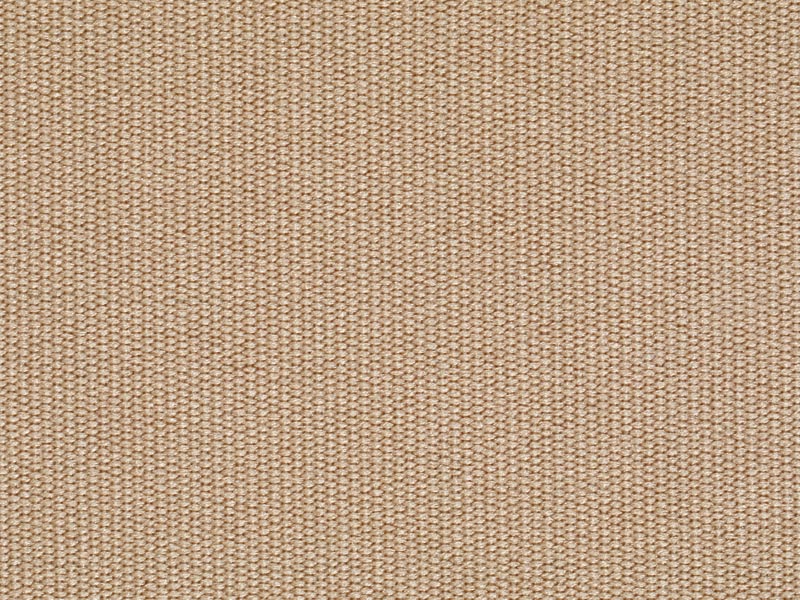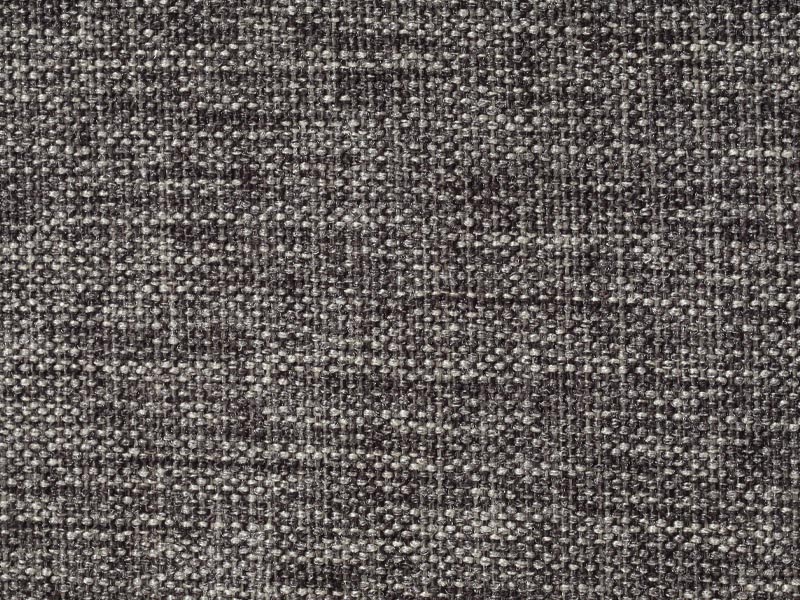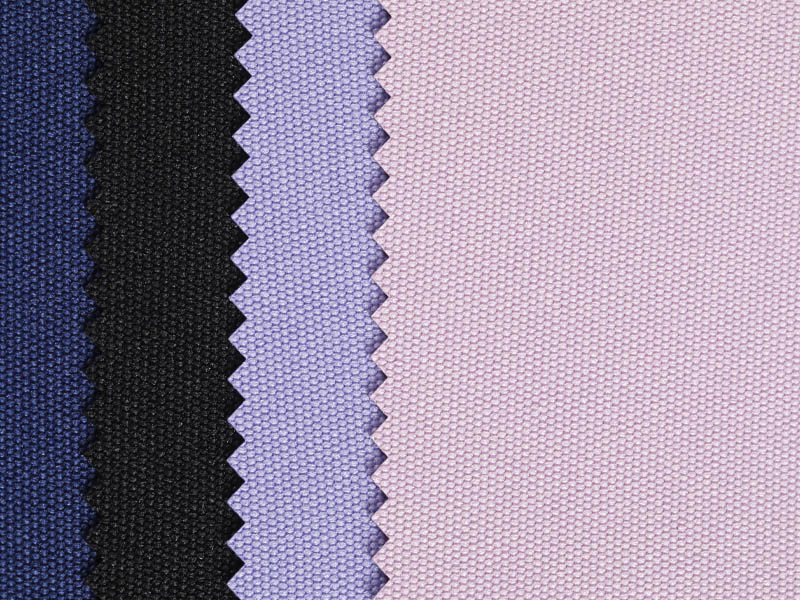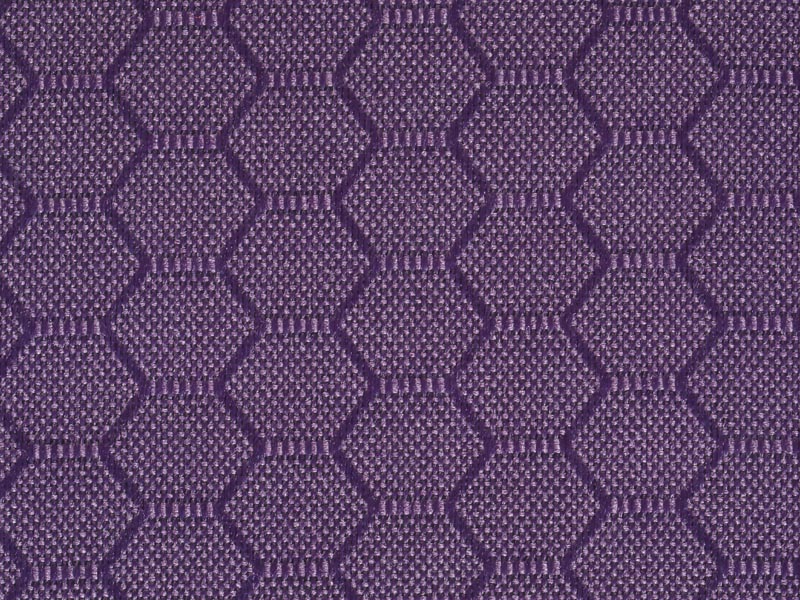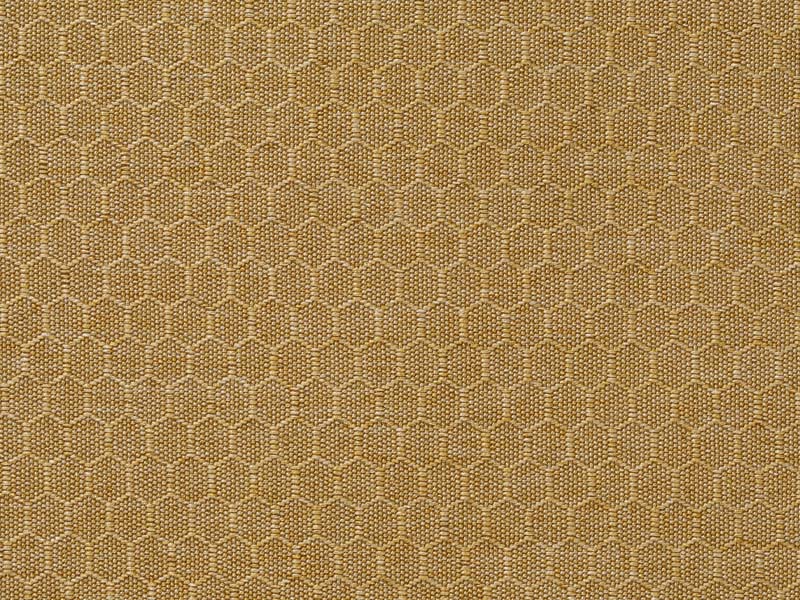What Technological Advances Are Driving the Development of Waterproof Canvas Roofs?
Posted by Admin
In the realm of modern construction and design, the waterproof canvas roof has emerged as a versatile and innovative solution for various applications. The integration of advanced materials and technologies has transformed the traditional canvas roof into a robust, durable, and water-resistant option that is gaining popularity across different industries. This article delves into the technological advances that are propelling the development of waterproof canvas roofs and how they are being utilized in contemporary projects.
One of the key drivers behind the evolution of waterproof canvas roofs is the progress in material science. The development of new polymers and composite materials has allowed manufacturers to create a canvas that is not only lightweight but also highly resistant to water penetration. These materials often incorporate nanotechnology, which enhances the fabric's water-repellent properties without compromising its breathability.
Coating technologies have also seen significant advancements, with the introduction of specialized coatings that can be applied to canvas to create a waterproof barrier. These coatings are often based on silicone or acrylic, which provide a seamless, durable, and UV-protective layer that maintains the canvas's integrity while ensuring that water does not permeate the surface. The application of these coatings can be done through various methods, including spray-on or dip-coating processes, ensuring a uniform and effective waterproof layer.
The advent of 3D printing has revolutionized the way waterproof canvas roofs are designed and manufactured. This technology allows for the creation of complex geometries and customized designs that can be tailored to specific project requirements. 3D printing enables the production of waterproof canvas roofs with integrated features such as drainage channels and structural reinforcements, enhancing their performance and adaptability to different architectural styles.
The integration of smart sensors and Internet of Things (IoT) technology into waterproof canvas roofs is another significant development. These sensors can monitor the structural health of the roof, detecting issues such as water ingress or structural stress in real time. By connecting these sensors to a central monitoring system, maintenance teams can address potential problems before they escalate, ensuring the longevity and reliability of the waterproof canvas roof.
As sustainability becomes a more prominent concern in the construction industry, waterproof canvas roofs are being designed with energy efficiency in mind. The use of reflective coatings and insulating layers can help regulate the temperature within a structure, reducing the need for artificial heating or cooling. Additionally, the lightweight nature of these roofs reduces the overall carbon footprint of a building project.
Technological advances have also facilitated the seamless integration of waterproof canvas roofs with other building envelope components. This integration ensures that the roof works harmoniously with walls, windows, and other elements to create a unified and efficient building system. The use of advanced sealing techniques and compatible materials ensures that the waterproof canvas roof maintains its water-resistant properties even when connected to other building components.
The durability of waterproof canvas roofs has been significantly improved through the use of high-strength fibers and advanced manufacturing techniques. These roofs are designed to withstand harsh weather conditions, including heavy rain, snow, and strong winds. Moreover, the maintenance requirements for these roofs are minimal, with the application of protective coatings and regular inspections being sufficient to ensure their ongoing performance.
The aesthetic appeal of waterproof canvas roofs has been enhanced through the use of various colors, patterns, and textures. This design flexibility allows architects and designers to create visually striking structures that also offer practical benefits. The lightweight and flexible nature of the canvas material also allows for the creation of dynamic and flowing roof designs that can complement the surrounding environment.
Conclusion
The development of waterproof canvas roofs is being driven by a confluence of technological advances that are enhancing their performance, durability, and aesthetic appeal. From material science breakthroughs to the integration of smart technology, these roofs are becoming an increasingly popular choice for architects and builders looking to create innovative and sustainable structures. As the demand for eco-friendly and efficient building solutions grow, it is likely that the waterproof canvas roof will continue to evolve and play a significant role in the future of construction and design.

 English
English Français
Français Español
Español عربى
عربى Tiếng Việt
Tiếng Việt
